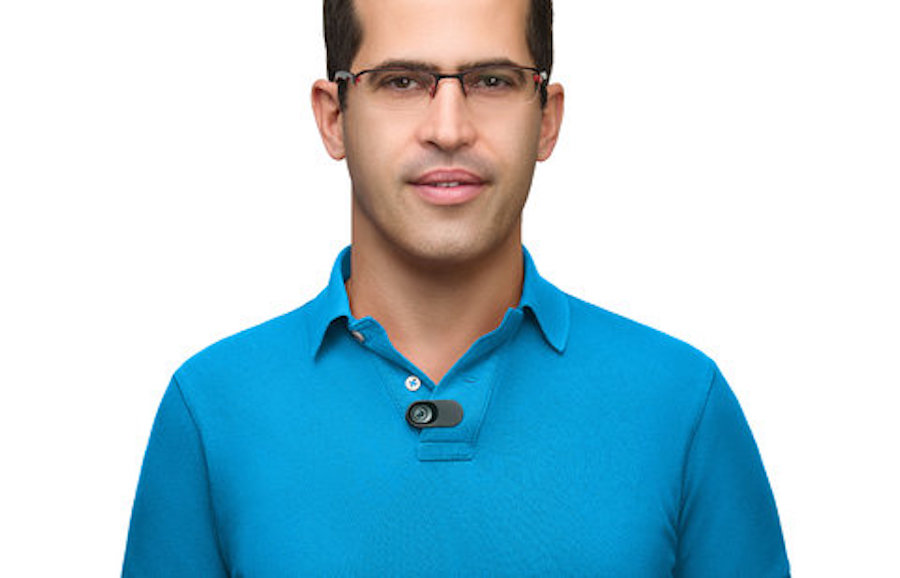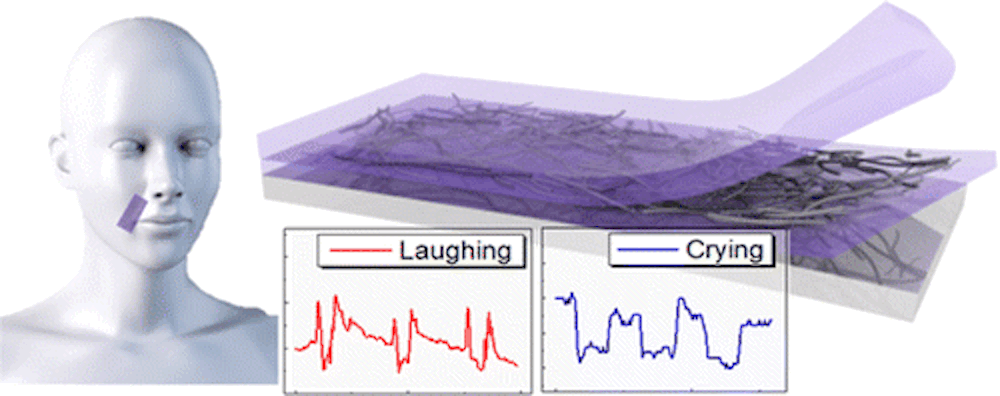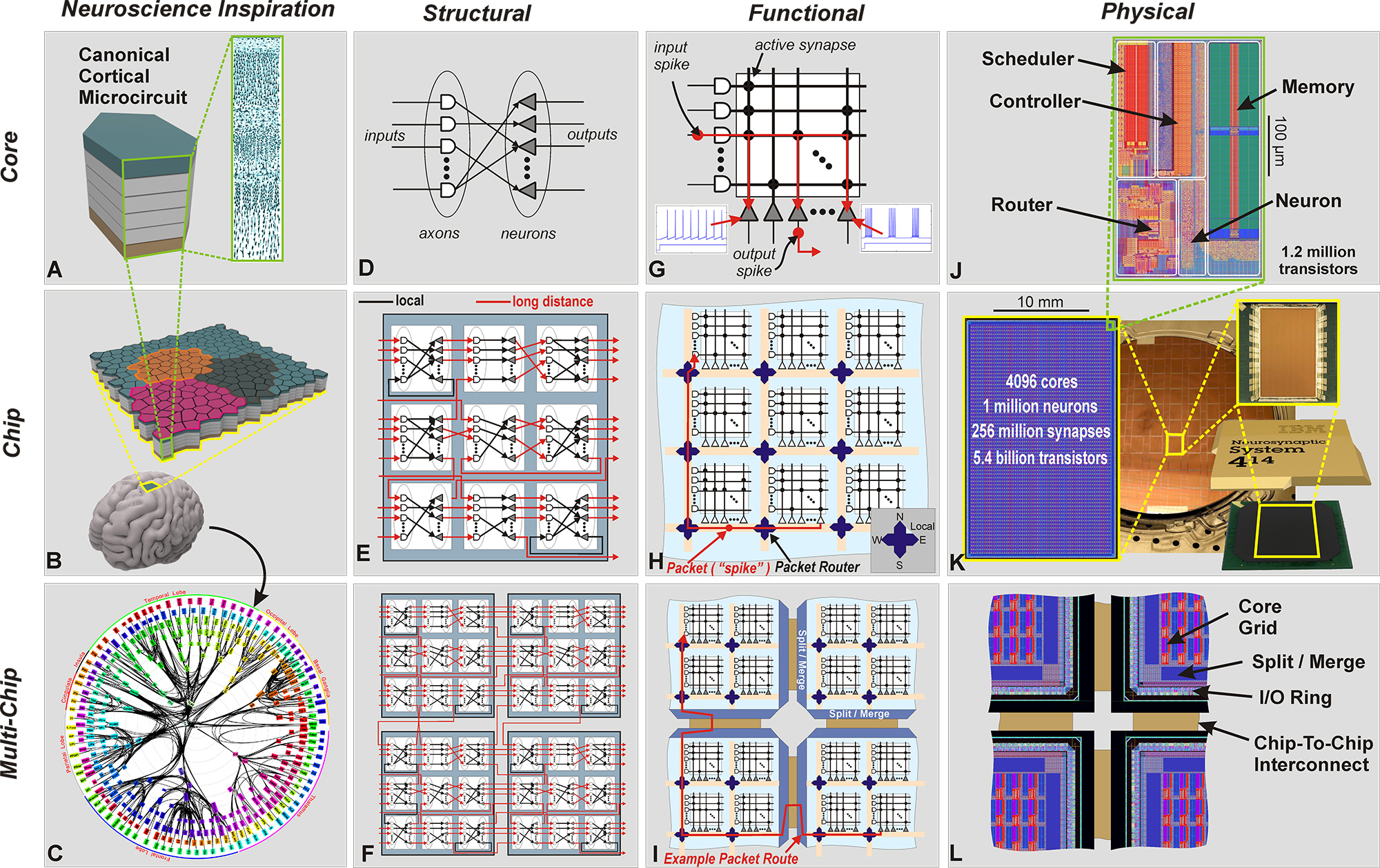Category: AI
-

Brain architecture linked to consciousness, abstract thought
UMass professor Hava Siegelmann used fMRI data from tens of thousands of patients to understand how thought arises from brain structure. This resulted in a geometry-based method meant to advance the identification and treatment of brain disease. It can also be used to improve deep learning systems, and her lab is now creating a “massively recurrent deep learning…
-

Wearables + app + AI for personalized fitness coaching
Under Armour has partnered with IBM Watson to create a fitness app called Record. Exercise, sleep and food intake are recorded from wearables, apps, and one’s own entries, and analyzed by Watson, which provides personalized coaching based on the data of others with similar fitness profiles. Wearable Tech + Digital Health San Francisco – April…
-

“Augmented attention” wearable assists the visually impaired
OrCam is a disruptive artificial vision company that creates assistive devices for the visually impaired. It is led by Hebrew University professor Amnon Shashua. MyMe, its latest product, uses artificial intelligence to respond to audio and visual information in real-time. A clip on camera and Bluetooth earpiece create what the company calls an “augmented attention” experience,…
-

AI for diabetes management
Novo Nordisk and IBM Watson are partnering to create an AI system to help diabetes patients better manage their disease. Data from continuous blood sugar monitors will be analyzed and used to inform treatment decisions, such as insulin dosage. Food intake, exercise and the timing and dosage of insulin injections could also be added to…
-

Deep learning meets genomics
University of Toronto professor Brendan Frey has used deep learning principles to create algorithms that look at the pattern of mutations in an individual’s DNA. The system then makes inferences about how the patterns affect the operation of different types of cells in the body. His company, Deep Genomics, will use the predictive algorithms to “prioritize,…
-

Robot sensor reads facial expressions to determine emotions
Sungkyunkwan University‘s Nae-Eung Lee has created a stretchable, transparent sensor that helps robots read facial expressions. It senses smiling, frowning, brow-furrowing and eye-rolling. The robot then detects movements, including slight changes in gaze, to determine whether people are laughing or crying, and where they are looking. The ultra-sensitive, wearable sensor layers a carbon nanotube film on two types of…
-

AI system mimics human short term memory
Google’s DeepMind has unveiled a prototype computer that attempts to mimic properties of the human brain’s short-term memory. It is a neural network that works with an external memory, resulting in a computer that learns as it stores memories and can later retrieve them to perform logical tasks beyond those it has been trained to…
-

Google expands AI research
Following its DeepMind acquisition 9 months ago, Google continues to build its artificial intelligence initiative, and has bought two University of Oxford spinoffs in the field. Dark Blue Labs, led by Professor Nando de Freitas, Professor Phil Blunsom, Dr Edward Grefenstette and Dr Karl Moritz Hermann, will focus on research to enable machines, (computers or…
-

Smartphone sensors power mental health app
Dartmouth professor Andrew Campbell has developed a mental health monitoring app based on automatic smartphone sensing. StudentLife compares students’ happiness, stress, depression and loneliness to their academic performance In a recent study, passive sensors continuously collected data on location, conversations, mobility, and sleep patterns of 48 participants over 10 weeks. The students were also prompted with questions about their…
-

MIT’s running, jumping cheetah robot, now wireless
MIT‘s Biomimetic Robotics Lab has unveiled a robotic cheetah that jumps hurdles and sprints at 10 mph, mimicking the natural bounding motions of a cheetah. The robot can leap across uneven terrain while still maintaining a steady speed, and cleared a 33 centimeter foam hurdle. The research team believes that the robotic cheetah could eventually reach speeds of…
-

AI matches patients with clinical trials — in seconds
The Mayo Clinic will use IBM’s Watson to match colorectal, lung, and breast cancer patients with clinical trials, expediting a slow and inefficient process. 170,000 patient studies are being conducted worldwide at any given time–8,000 at the Mayo Clinic. Processing clinical trials is done manually, which involves sorting through patient records to ensure that proper…
-

One step closer to “brain-like” sensory computing
Based on DARPA’s SyNAPSE, IBM has unveiled its TrueNorth chip, published in Science this week. The processor can handle large volumes of data with minimal power, which IBM claims is similar to how the human brain functions. Containing 5.4 billion transistors, TrueNorth consumes 70 milliwatts of power, significantly less than a typical microprocessor. IBM says that…